Over time, damaged soil can degrade to the point where it needs to be replaced. Replacing a small floor yourself is a possibility if you have intermediate-level DIY skills, but for a large floor, the best option is to hire a contractor. While repairing may be cheaper than replacing in the short term, you'll end up spending more in the long run if you continue to repair your floor. Maintaining the integrity of your concrete will make the surface safer, and a new seal of quality will ensure that these issues resurface with your new floor.
Concrete floors and subfloors can be repaired using one of three common methods. All this involves covering the existing concrete slab with a new layer of concrete or a layer similar to concrete and finishing the new layer as desired. These methods can be used on interior and exterior surfaces and are intended only for surface restoration; they are not suitable for repairing major cracks or other structural problems in existing concrete slabs. Although the composition of concrete has not changed dramatically in the last 20 years, repair products have.
If your company needs to replace the concrete floor, you may be wondering how long the process takes. A stamped concrete treatment is similar to a microtopping, but it contains more sand and provides a rougher concrete surface finish. When parts of the concrete substrate begin to delaminate, it is a sign of considerable wear. Concrete floors should be repaired with a surface covering only when the concrete slab contains surface or fine cracks or has aesthetic surface defects.
If the concrete floor to be repaired is crowded, has large or wide cracks, or is damaged due to freeze damage, other alternatives should be considered instead of resurfacing. It is generally more prudent to hire a specific contractor to perform these tasks and check for related issues. Being able to repair existing concrete rather than removing and replacing it significantly reduces the carbon footprint. They also dry very quickly, so the final texture is limited to the way the microcoating is applied on the concrete floor.
However, leaving old concrete in place and applying a concrete grinder with a squeegee reduces costs substantially. If your concrete slab is already prepared for polishing or applying a layer, it requires less downtime. Polymers help create a strong bond between new and old concrete, acrylics add strength, and attractive finishes hide patches and other repairs.
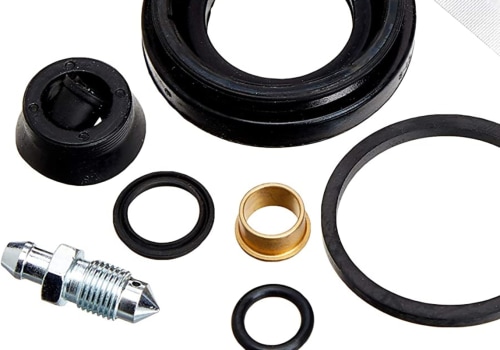
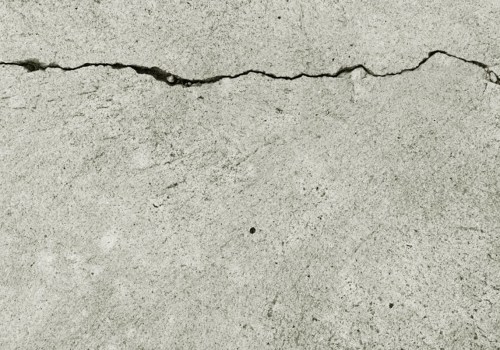
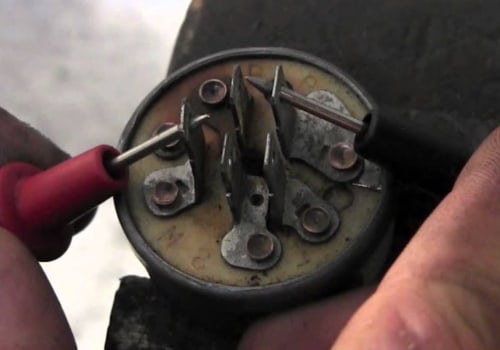
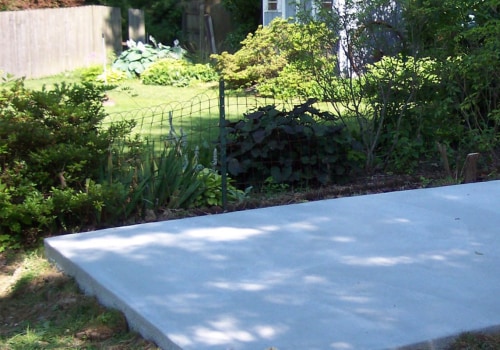
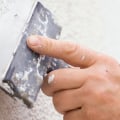
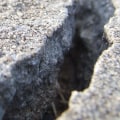
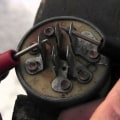
Leave Reply